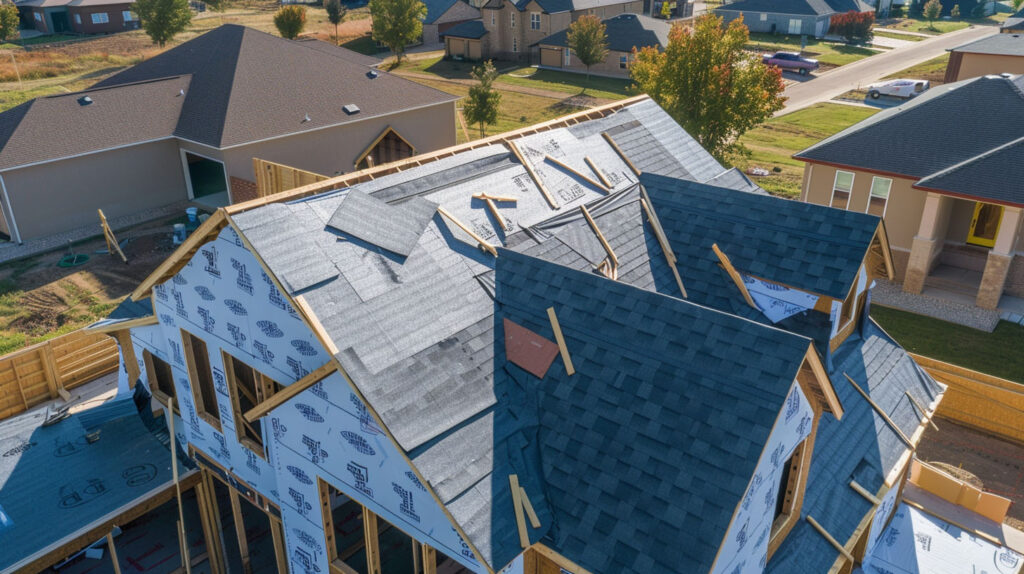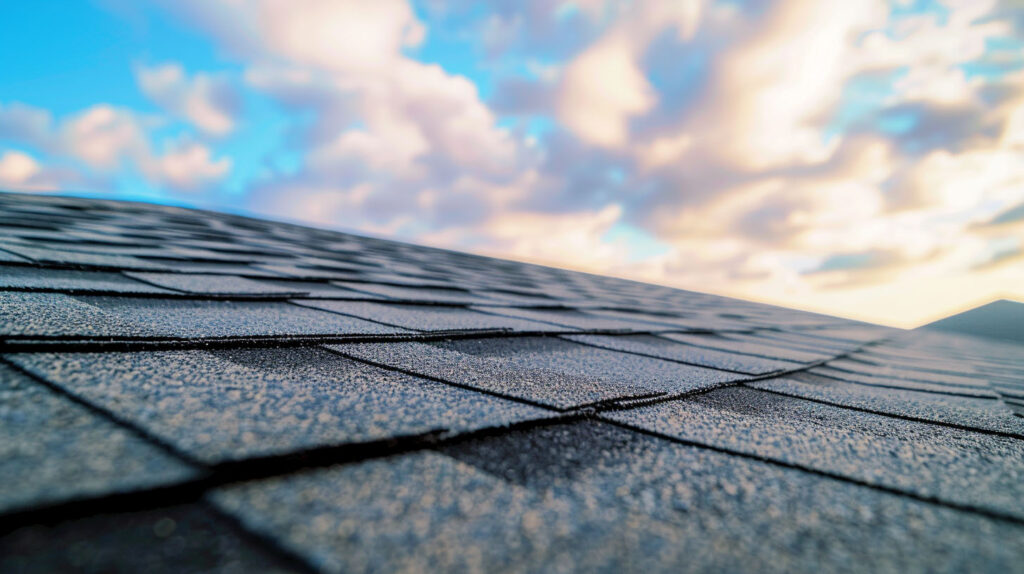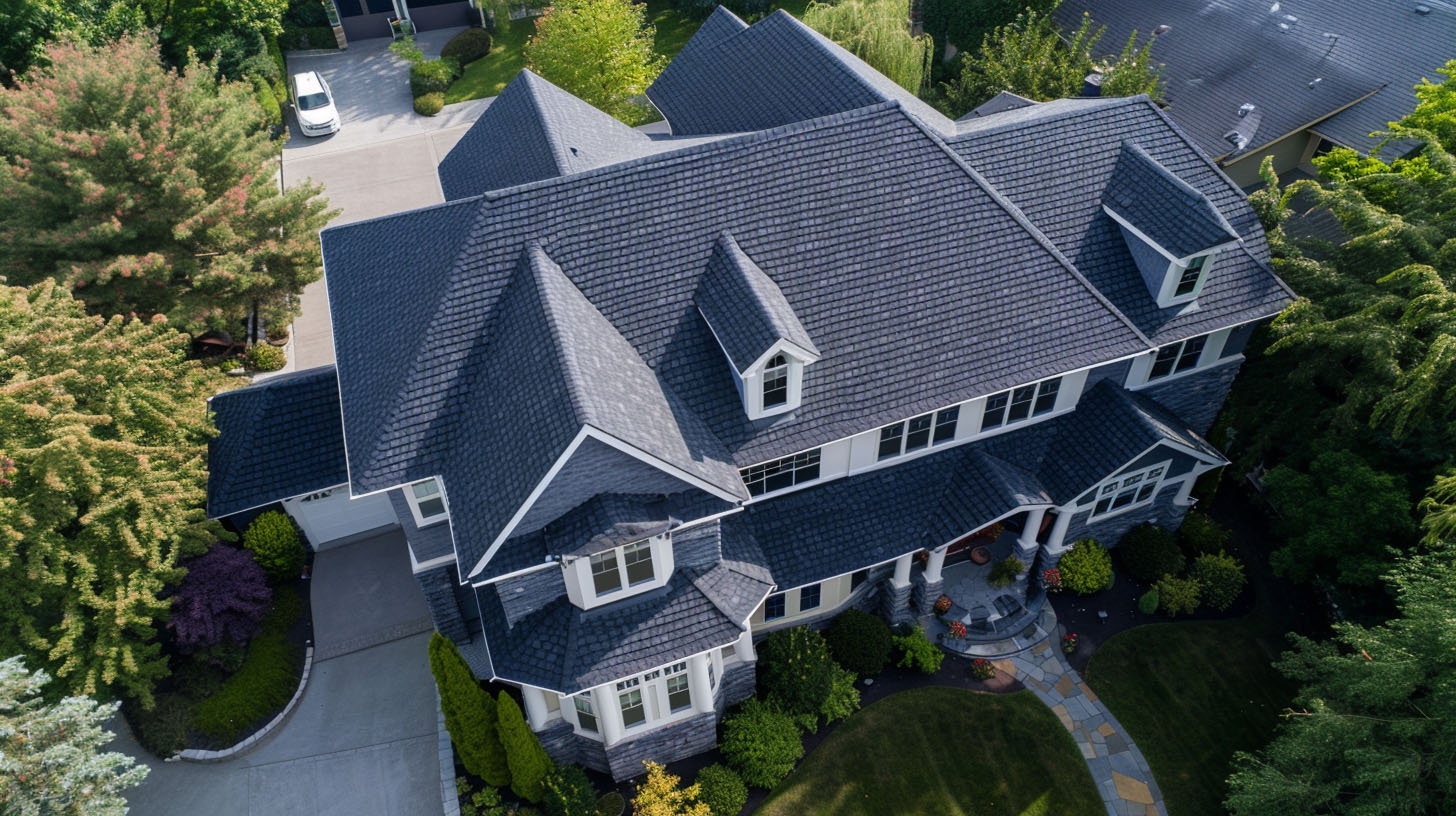The Role of Underlayment in a Durable Roof System
Your roof is your home’s first line of defense against harsh weather conditions. But did you know that the roof underlayment plays an equally vital role in ensuring your roofing system’s durability? At Specialist Roofing & Repair, we understand the importance of this hidden yet essential layer that safeguards your home from the elements, whether it’s heavy rainfall, snow, or wind-driven debris. By pairing the right roofing material with high-quality underlayment, our team can significantly reduce risks of water infiltration and prolong your roof’s functionality. Let’s explore how underlayment contributes to a durable and effective roof system with the expertise in Long Beach, CA.
Understanding Roof Underlayment
Serves as a critical component of any roofing system, acting as a secondary barrier against water infiltration and mold growth. Positioned between the roof deck and the final roofing material, this protective layer enhances the structural integrity of the roof while improving energy efficiency. It also plays a vital role in safeguarding against extreme weather conditions, such as heavy rainfall and high winds, significantly reducing the risk of costly repairs and extending the lifespan of the roof.
Definition and Purpose in Roofing Systems
Roof underlayment serves as a critical component of modern roofing systems, acting as a protective barrier between the roof deck and the outer roofing material. This essential layer mitigates the risk of water infiltration, ultimately safeguarding against water damage and prolonging the lifespan of the roof. Additionally, underlayment contributes to the overall energy efficiency of the structure, enhancing thermal performance while providing fire resistance. By understanding its vital role, homeowners can ensure the durability and structural integrity of their roofing investment.

How Underlayment Contributes to Roof Longevity
Underlayment plays a vital role in enhancing the longevity of roofing systems by acting as a protective barrier against moisture and harsh weather conditions. This additional layer of protection safeguards the roof deck from potential water infiltration, thereby preventing water damage and subsequent mold growth. Properly selected and installed underlayment can significantly reduce the risk of costly repairs or replacement, contributing to a durable roof structure that withstands extreme weather fluctuations and maintains the overall integrity of the roofing system.
Types of Roof Underlayment Materials
Selecting the right materials for roof underlayment can significantly impact the durability and performance of your roofing system. The most common types include asphalt-saturated felt, known for its cost-effectiveness and reliability, and synthetic underlayment, which offers superior water resistance and lightweight properties. Additionally, rubberized asphalt provides an exceptional waterproof layer and acts as a secondary barrier against moisture infiltration. Understanding these options ensures that homeowners choose a type of underlayment that aligns with their specific needs, enhancing overall roof longevity and effectiveness.
Asphalt-Saturated Felt vs. Synthetic Options
Benefits of Rubberized Asphalt Underlayment
Incorporating rubberized asphalt underlayment offers significant advantages for your roofing system. This type of underlayment acts as a waterproof layer, providing exceptional protection against water infiltration, especially during heavy rainfall. Its superior flexibility accommodates temperature fluctuations, preventing cracks that could compromise structural integrity. Additionally, it enhances the overall energy efficiency of your home, contributing to a more comfortable indoor environment. With enhanced durability and fire resistance, rubberized asphalt underlayment serves as a vital layer of protection against harsh weather conditions.

Importance of Quality Underlayment Installation
Quality installation of roof underlayment is crucial to safeguard your roofing investment. It functions as a protective barrier against water damage and mold growth, enhancing the durability of the entire roofing system. Proper underlayment not only defends against leaks and expensive repairs but also ensures compliance with building codes, reinforcing structural integrity. This added layer of protection ultimately promotes energy efficiency and peace of mind, allowing homeowners to enjoy a more comfortable interior environment amid varying weather conditions.
Preventing Leaks, Mold, and Structural Damage
A properly installed underlayment serves as a crucial moisture barrier, effectively preventing leaks and subsequent water damage within your roofing system. By acting as the first line of defense against harsh weather conditions, it significantly reduces the likelihood of mold growth that could compromise the structural integrity of the roof. This protective barrier not only extends the lifespan of your roofing material but also mitigates the risk of costly repairs, offering peace of mind for homeowners invested in a durable roof system.
Get Quotes
In summary, underlayment is a critical component in ensuring the durability and effectiveness of your roofing system. By acting as a barrier against moisture and other elements, it significantly extends the lifespan of your roof while preventing costly damage. Choosing the right type of underlayment and ensuring proper installation are essential steps for achieving a resilient roof that meets all necessary building codes and warranties. As an Owens Corning Platinum Preferred Contractor, Polyglass Quantum Contractor, and BBB A+ Rated company, Specialist Roofing & Repair is committed to delivering top-notch roofing solutions. If you’re ready to protect your investment, get quotes for your commercial roofing needs today!

Frequently Asked Questions
What is the purpose of underlayment on a roof?
Roof underlayment serves as a secondary barrier beneath the outer roofing material, offering weather protection and safeguarding against moisture infiltration. This essential layer enhances the durability of your roof system while complementing the integrity of the final roofing material.
What happens if you don’t use underlayment on a roof?
Without underlayment, your roof risks water infiltration, leading to water damage and costly repairs. Heavy rainfall and extreme weather conditions can exploit gaps in your roofing materials, causing structural failure and potentially compromising your home’s interior.
Read our blog: How to Extend the Life of Your Existing Roof



